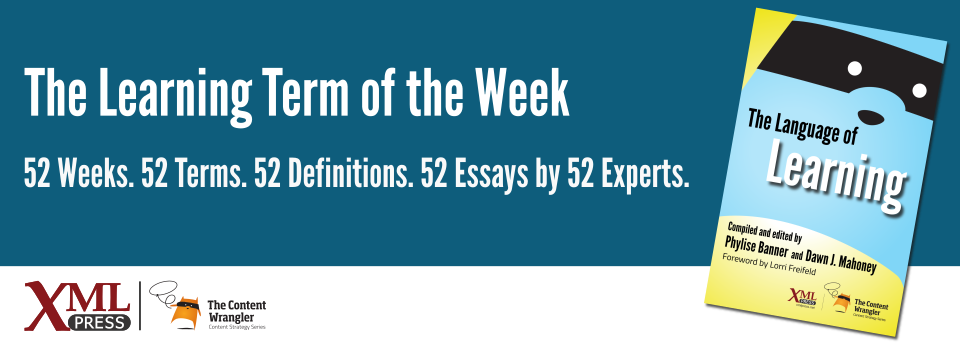What is it?
The science of making machines intelligent through automated data analysis and model building in a way that requires little human oversight. This type of artificial intelligence (AI) is based on the idea that computers can learn to make better decisions through the analysis of data.
Why is it important?
So why is machine learning important today? You are likely interacting with systems using it already. Voice-to-text processing uses machine learning to improve based on the way you speak. Amazon uses machine learning to recommend products, and your email is likely using machine learning to identify spam mail. The rapid expansion of computer power and big data processing has made machine learning accessible for the masses, including the learning and development industry.
Why does a business professional need to know this?
Machine learning involves the processing of data to help a computer make better and better decisions. Amazon recommending a product based on your past purchases and your email application determining if a message is spam are both examples of machine learning.
Machine learning is all around us. Business professionals need to understand the potential of machine learning. The development of systems that employ machine learning is complex and requires data scientists with an understanding of data modeling and algorithms.
Instead of focusing on the technical, consider potential solutions. If banks use machine learning to identify clients with high financial risk, can you leverage similar analysis to head off potential dropouts with an early, personalized learning intervention? If transportation companies use machine learning to outline the most efficient route for delivery drivers, can you use machine learning to optimize your work processes?
With additional automation, it is easy to draw your focus away from the end user who benefits from the new process or system. Business professionals must keep in mind data privacy and cyber security. Adhering to industry best practices and clearly communicating how an employee’s data is being used are both critical to minimizing the risk of a data leak and maintaining the trust of employees.
A final warning to keep in mind is that machine learning has the potential for bias. Bias is an incorrect assumption in the learning algorithm that can skew results. Review and validation are critical to minimizing the potential for bias.
References
- (IBM 2020) Machine Learning: IBM Cloud Education. (July 2020). An introduction to machine learning, including an overview of history, definitions, applications, and concerns.

